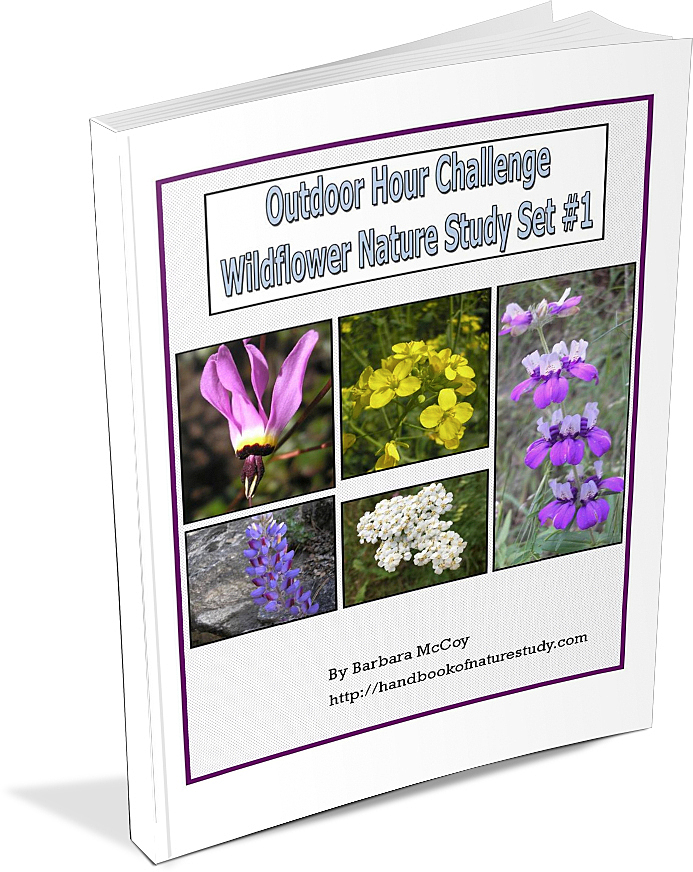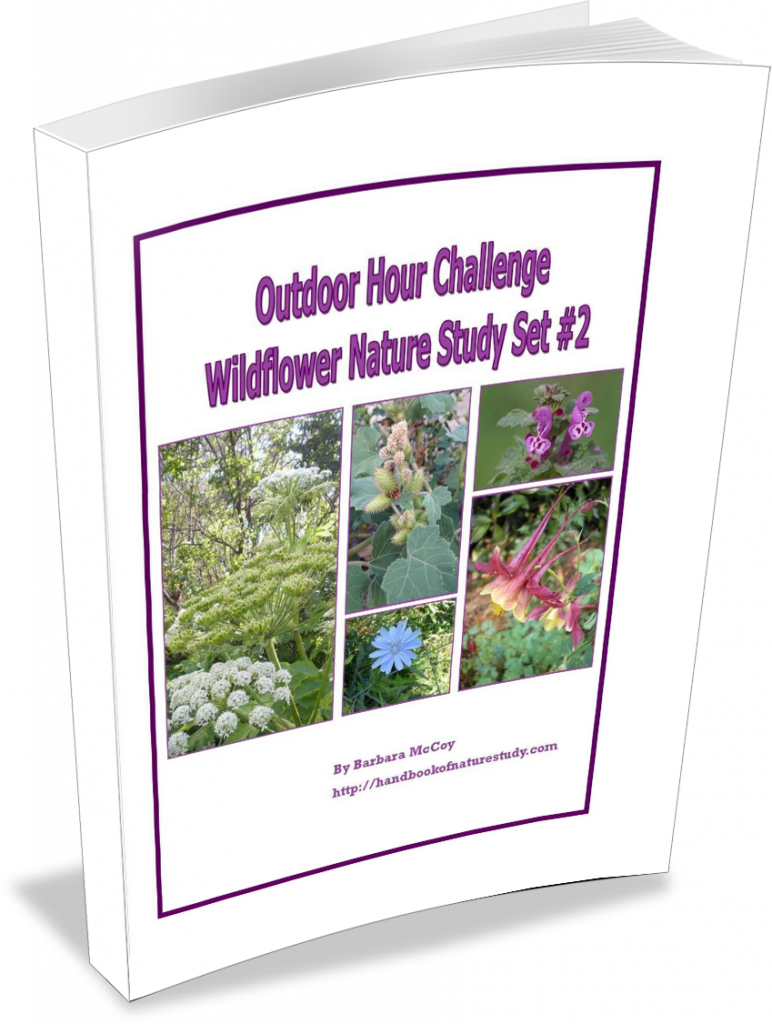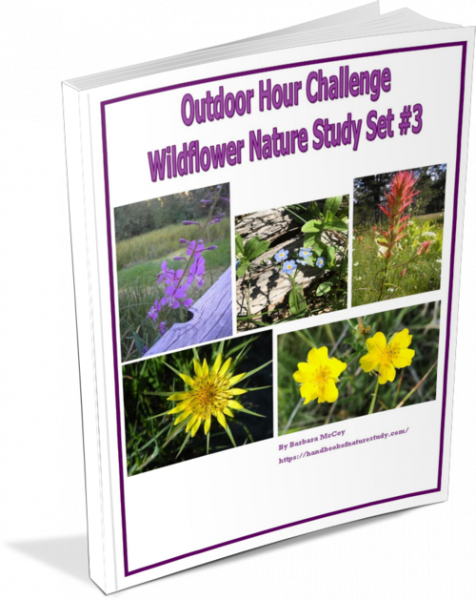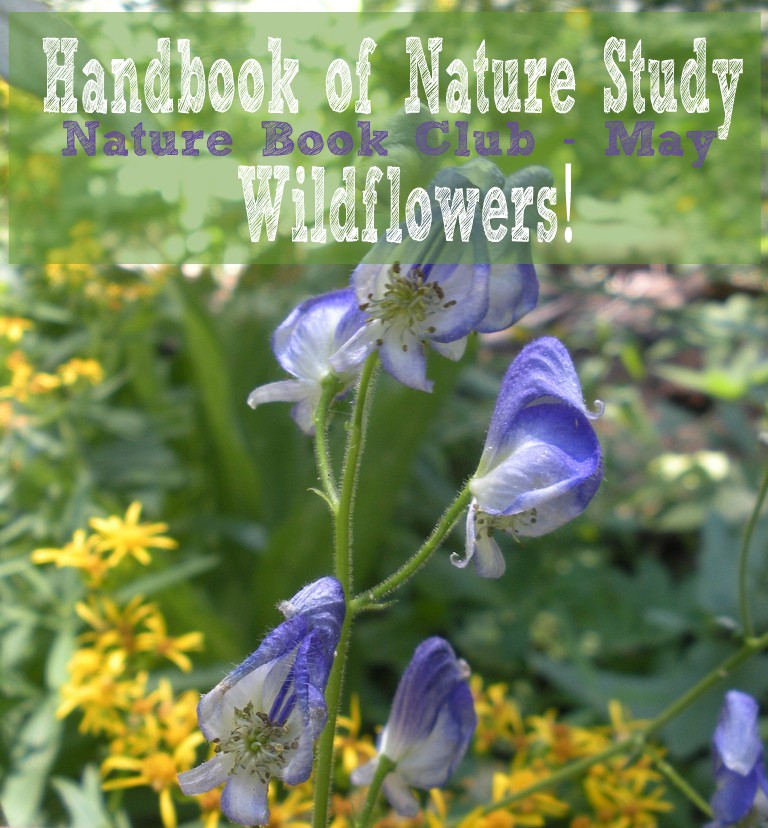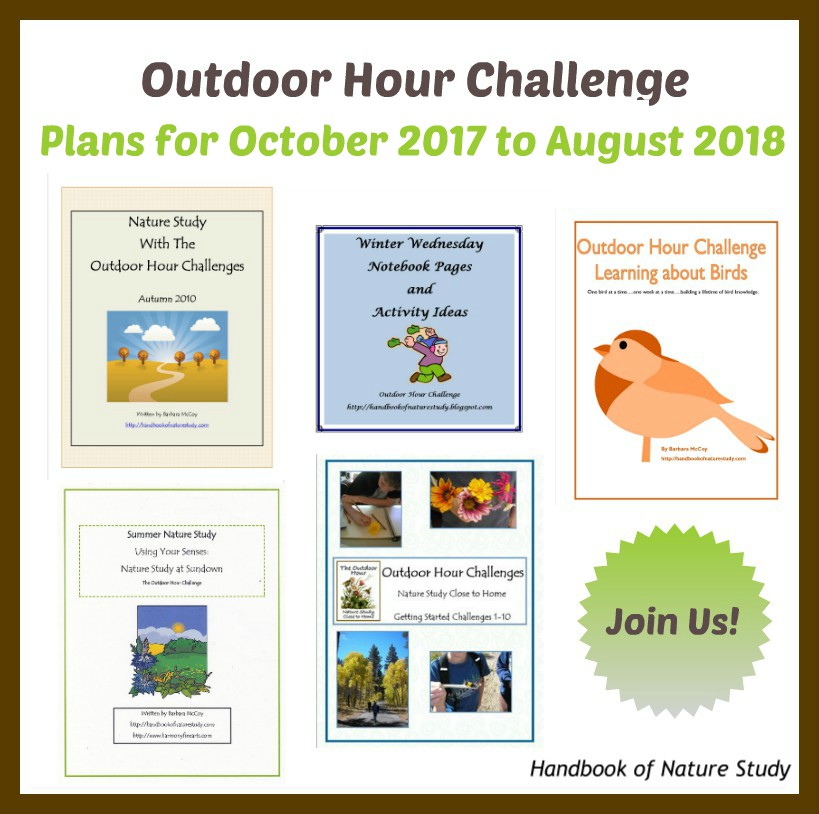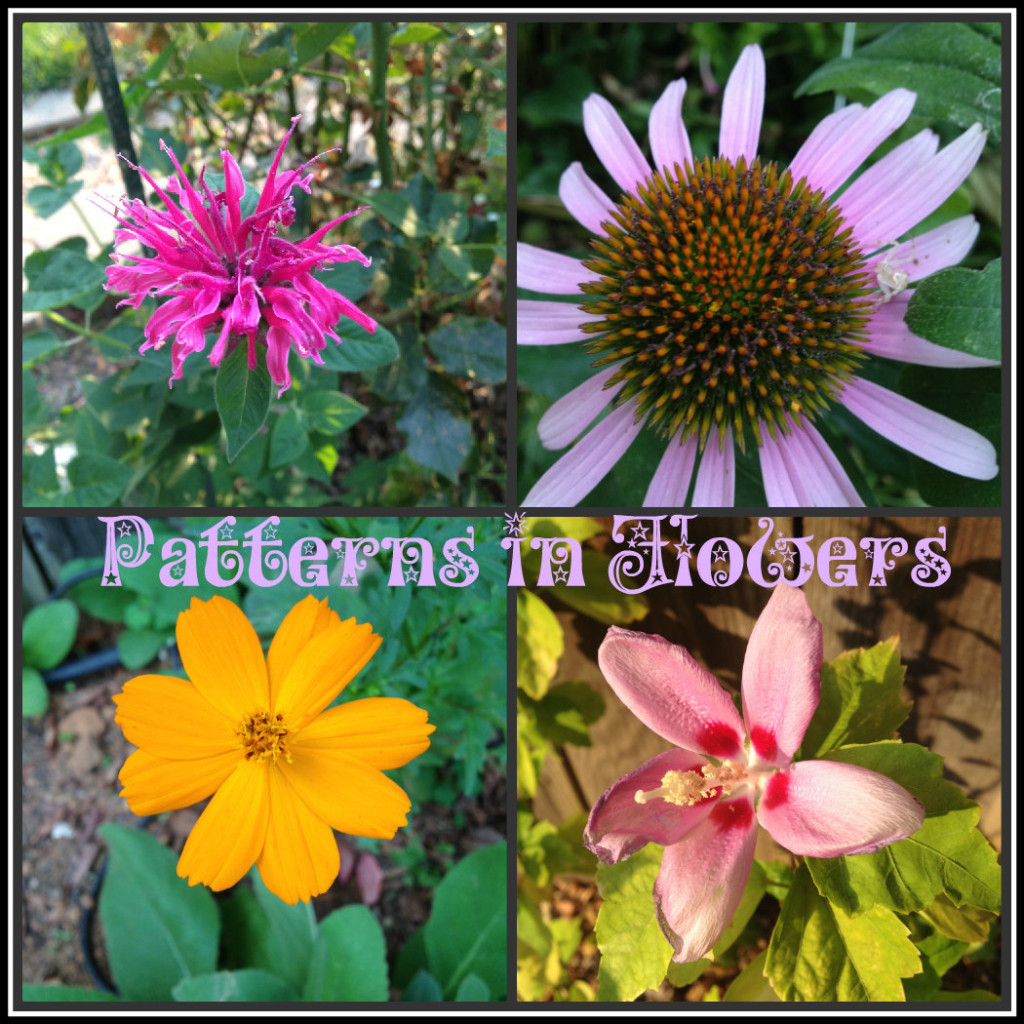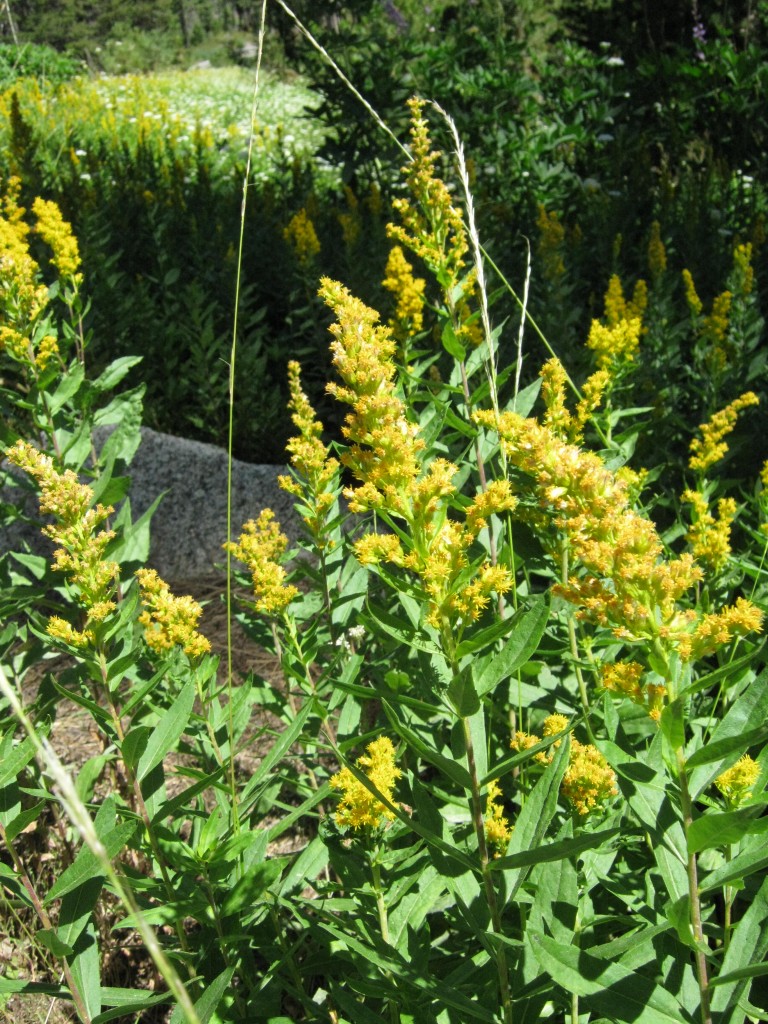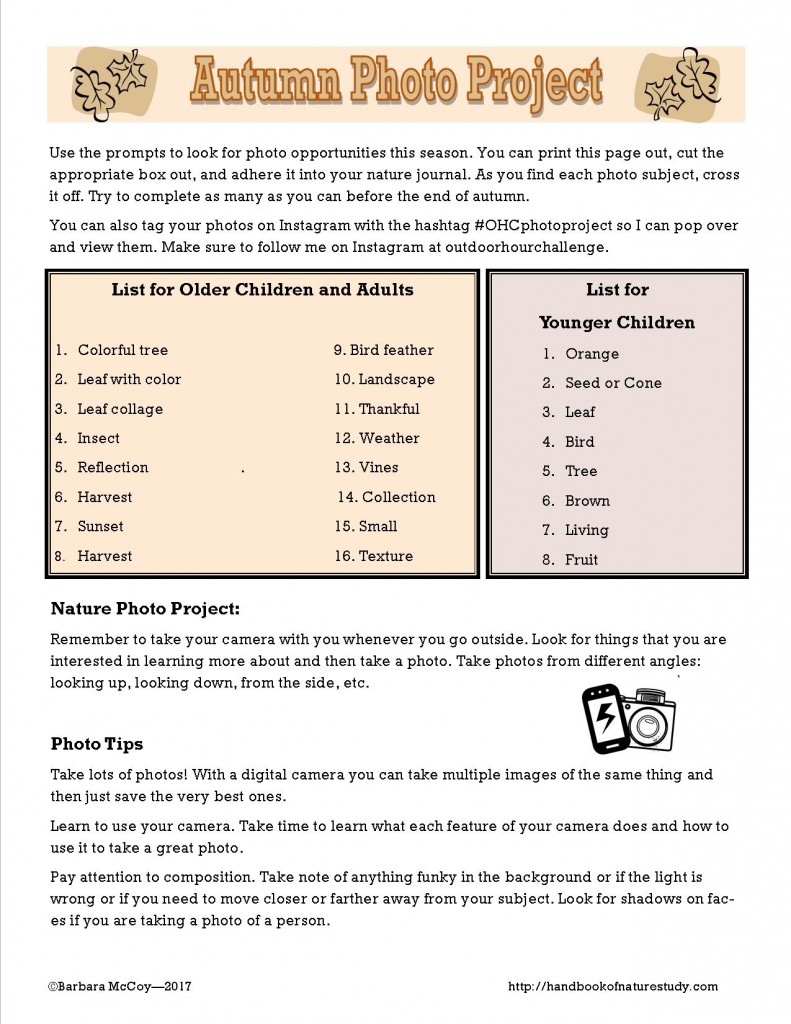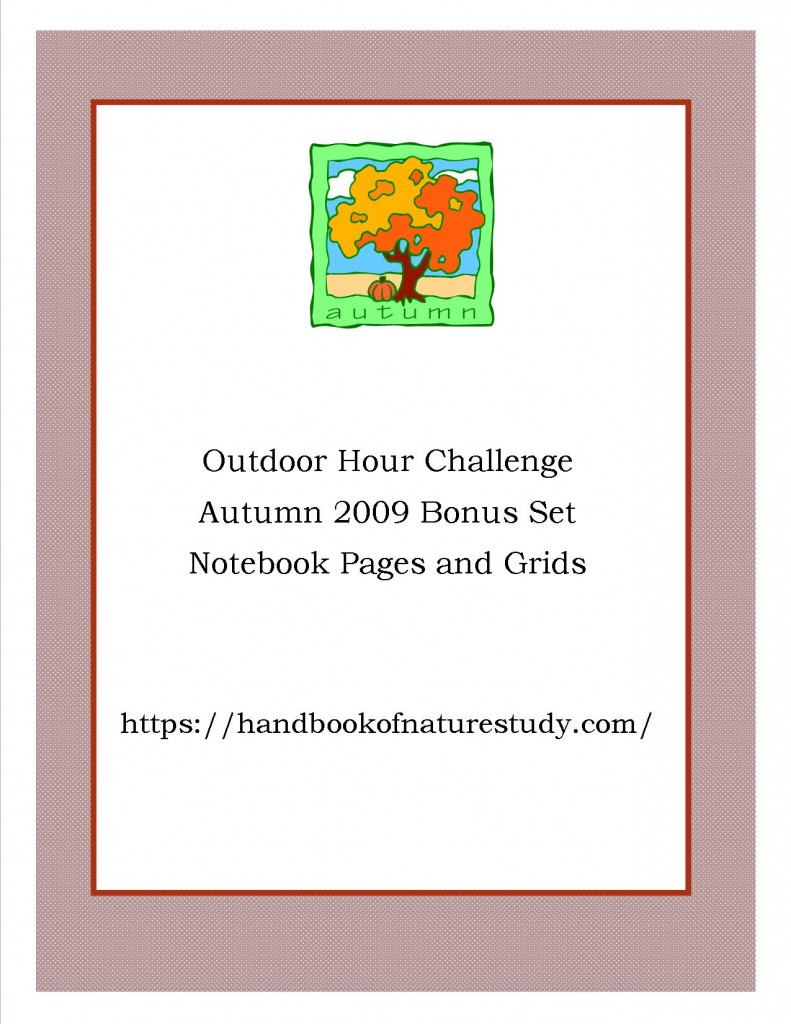It’s that time of year again! Wildflower season is upon us and it may just be the topic that your children will really enjoy as you take your summer nature walks. Who can help but notice the colors of summer when they start to bloom? Every habitat has something to offer before the season passes.
Use the ideas in the link below to take a closer look at a few of your wildflowers of summer. After you make some observations, you can create a nature journal page for each flower. Keep your study simple and fun this summer and you’ll be sure to make some fond wildflower memories for your children.
Link to the challenges in the archives:
Asters, Daisies, and Black Eyed Susans
You’ll also find a complete list of wildflower nature study lessons (for every flower in the Handbook of Nature Study by Anna Botsford Comstock) here on this link.
In addition, you can use any of the three Outdoor Hour Challenge wildflower ebooks to learn more about wildflowers not included in the Handbook of Nature Study by Anna Botsford Comstock.
You may also be interested in reading this entry that features wildflowers and nature study:
Amazon link to Handbook of Nature Study




